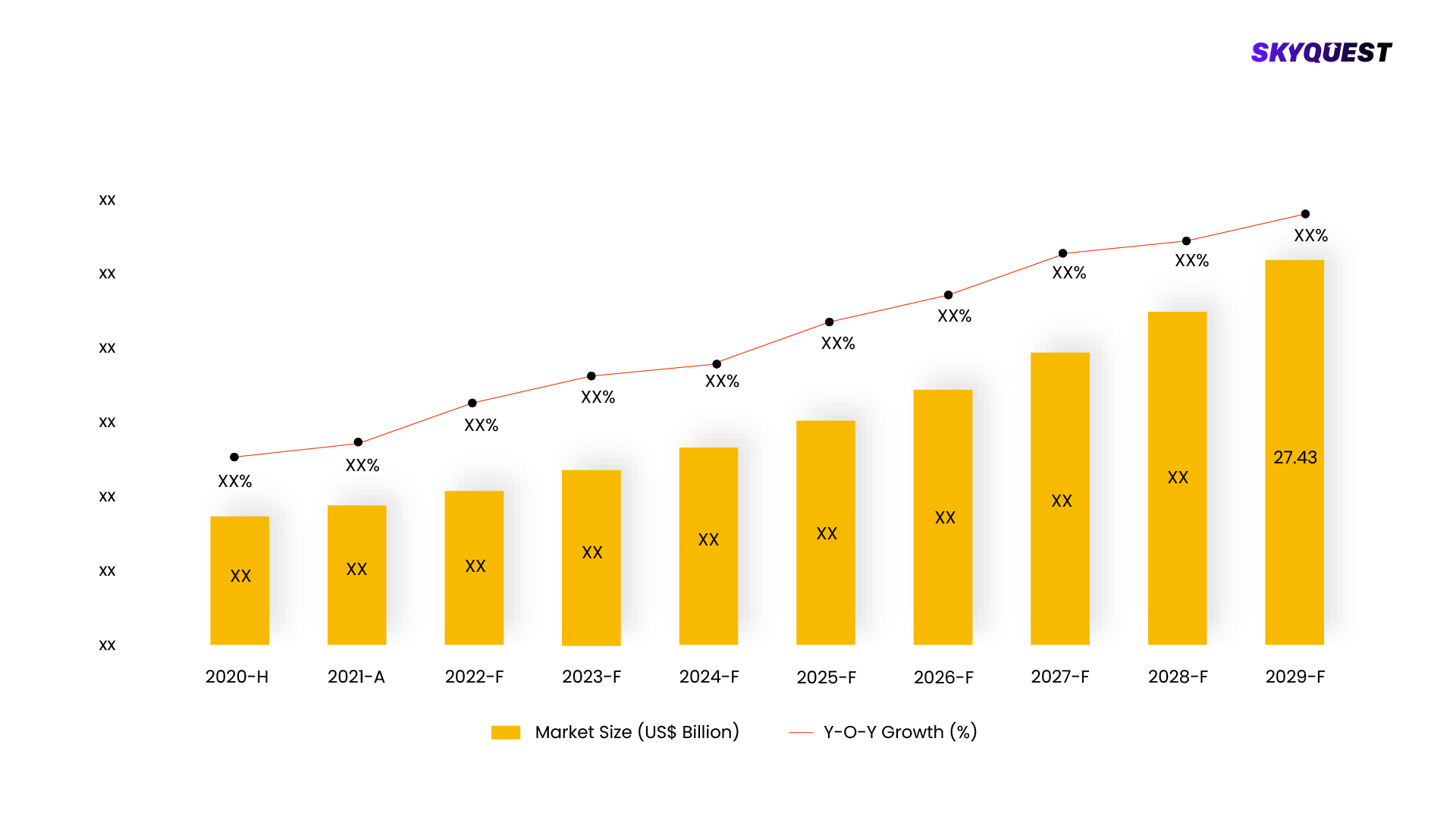
Product ID: UCMIG15A2136

Report ID:
UCMIG15A2136 |
Region:
Global |
Published Date: Upcoming |
Pages:
165
| Tables: 55 | Figures: 60
The global market size of 3D printing filament was roughly USD 471.3 million in 2019 and is expected to grow at a CAGR of 18.8% from 2020 to 2027. The increased demand for 3D printing filament in the aerospace and defence industries for design communication and prototyping is driving market expansion. Additionally, the increasing demand for high-quality printing in automotive and industrial applications is also driving the growth of the market. Additionally, the rise in e-commerce platforms has also contributed to the growth of the folding furniture market. Online sales platforms offer a wide range of designs and styles, making it easier for consumers to choose from a variety of options. This convenience, coupled with the increasing trend of online furniture shopping, is expected to boost the demand for folding furniture.

This report is being written to illustrate the market opportunity by region and by segments, indicating opportunity areas for the vendors to tap upon. To estimate the opportunity, it was very important to understand the current market scenario and the way it will grow in future.
Production and consumption patterns are being carefully compared to forecast the market. Other factors considered to forecast the market are the growth of the adjacent market, revenue growth of the key market vendors, scenario-based analysis, and market segment growth.
The market size was determined by estimating the market through a top-down and bottom-up approach, which was further validated with industry interviews. Considering the nature of the market we derived the Commodity Chemicals by segment aggregation, the contribution of the Commodity Chemicals in Diversified Materials and vendor share.
To determine the growth of the market factors such as drivers, trends, restraints, and opportunities were identified, and the impact of these factors was analyzed to determine the market growth. To understand the market growth in detail, we have analyzed the year-on-year growth of the market. Also, historic growth rates were compared to determine growth patterns.
Our industry expert will work with you to provide you with customized data in a short amount of time.
REQUEST FREE CUSTOMIZATIONWant to customize this report? This report can be personalized according to your needs. Our analysts and industry experts will work directly with you to understand your requirements and provide you with customized data in a short amount of time. We offer $1000 worth of FREE customization at the time of purchase.

Product ID: UCMIG15A2136